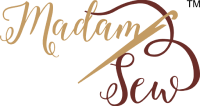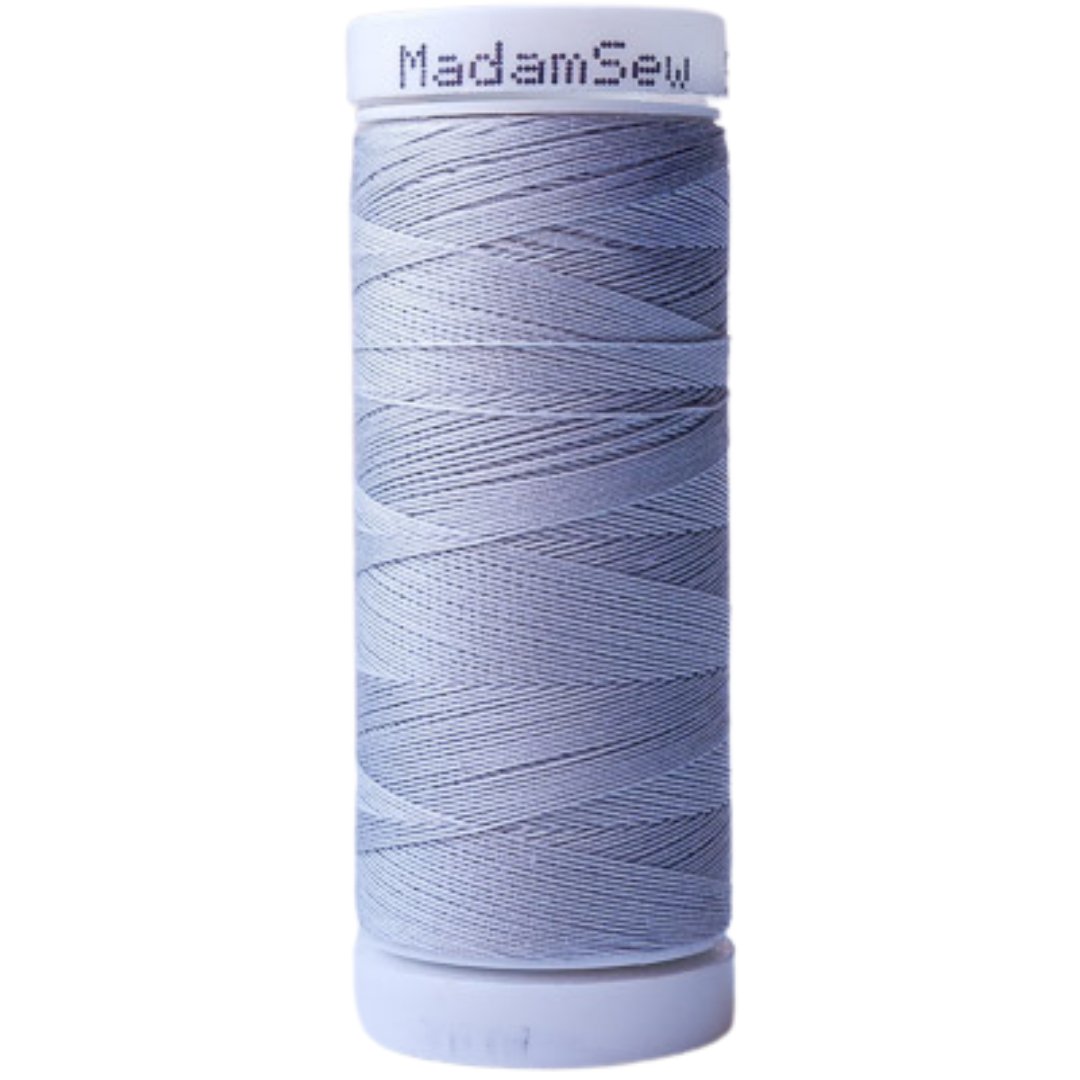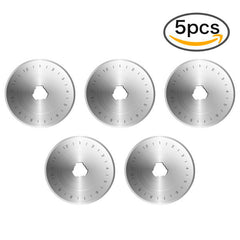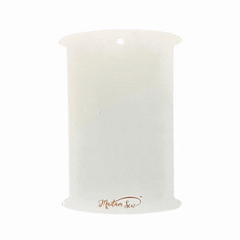Basic Quilting Terminology
How to Start with Quilting Series - Part 1 -
Quilting is a timeless and rewarding craft that allows you to create beautiful and functional pieces of art with fabric and thread. This guide which consists of three articles will help you take those first steps towards creating your very own quilts. We believe you can start to learn how to quilt on your own. The basics of quilting are not that difficult and making a quilt is totally doable. But making that intricate beautiful geometric king-size quilt is not easy and learning how to master quilting and become an expert is a long road that can take years. That is exactly what makes this craft so exciting!
In this series, we'll explore:
- Basic quilting terminology (Part 1)
- What you need to get started (Part 2)
- The fundamental steps to start quilting (Part 3)
Throughout all three articles, we’ll provide links to in-depth articles that will help you delve deeper into each aspect of this captivating craft.
This first article is the introduction. I’m diving into:
- the five main parts of a quilt
- eight quilting terms that you should know before you start
Let’s get started!
A quilt is a textile that is traditionally composed of three layers that are stitched together, two layers of fabric and a layer of filling. Quilts can be used in many ways. They can be used to stay warm but are often decorative and can also function as an artistic expression. Many quilts are used as bedspreads or throws. And some are used as the “fabric” for a project.
People make their own quilts for many different reasons, as a creative outlet, to create physical hugs for friends, to be part of a creative community, because of the healing aspect of quilting, as stress relief, the challenge, the love of fabrics, … When you think of it, when quilting, you are actually cutting up good big fabric pieces into small pieces and sewing them back together again :-)
1. The Five Main Parts of a Quilt
Most quilts are made up out of the following five elements. Quilting is often referred to as “making a quilt” but is also a specific part of the quilt making process. That might be confusing.
The Quilt Top
The quilt top is the face of the quilt. It’s what you see when the quilt is right side up. Although a quilt top can be made out of one piece of fabric, they are typically made from different pieces of fabric that are sewn together in a pattern. Ana improvises a baby quilt top in this blog.
The Batting
The batting is the stuffing that is inside the quilt, this can be thin or thick depending on the type of quilt you are making. We have a great blog on our website all about choosing batting.
The Backing
The backing is the fabric that goes on the back side of the quilt.
The Binding
The binding is the material that goes on the edge of the quilt. You can see the binding from the top, the side and the back. The binding is used to hide the raw edges of the quilt sandwich (top, batting and backing).
The Quilting
Quilting is the term used to describe topstitching the three layers (top, batting and backing) together. It is the wavy stitching you can see in the picture. The layers of a quilt must be fixed together to avoid the batting from bunching up when the quilt is washed.
There are so many different styles and traditions of quilting. Here are some beautiful examples that spark my interest to make a quilt!
2. Basic Quilt Terms
These are eight quilt terms that you should know before you start quilting or looking up tutorials on how to start quilting. I’m using these terms throughout this series. This list is far from complete, but these are the words that are important to know when you embark on a quilt adventure.
Piecing
The part of the quilt-making process where you assemble and stitch pieces of fabric together. You can make a block, which will be joined with other blocks to form the top layer of the quilt.
Patchwork
Is also called ‘pieced work’. It involves stitching together small pieces of fabric of different colors, patterns or textures.
Quilt Block
Is a fabric unit made out of different fabric pieces (such as squares, strips or hexagons) that are sewn together in a variety of patterns. Sewing together multiple blocks to form a large quilt makes it more manageable.
Quilt Sandwich
Is what quilters call the three layers of a quilt. It is made up of the quilt top, the batting, and the quilt's backing. The layers in the picture are not assembled yet.
Stitch-in-the-ditch
This is a quilting technique where you stitch (quilt) in the seam (ditch) of your quilt piecing. The goal is for the stitching to not be seen because the stitches fall between the folds of your pressed fabric. Your aim is to stitch right in that seam or very, very close to it so your stitches are not seen
Quilt Border
Strips of fabric that surround the center of the quilt top. Borders are used to “frame” a quilt, like you would frame a picture. The border around the center of the quilt may be a single fabric or can be pieced using pieces of many fabrics. And you can have one or many borders. Some can be plain while others can also have a pattern that echoes or compliments the quilt top’s design.
Sashing
Strips of fabric between blocks, generally in the rows and columns of a quilt. We have a blog about adding sashing to your blocks.
Seam Allowance
Is the area between the fabric edge and the stitching line on two (or more) pieces of fabric that are sewn together. A 1/4" seam allowance is what is most commonly used in quilting. The seam allowances are hidden in the seams and not visible in the finished quilt.
Finished versus Unfinished Size
With quilting, you can design things that don’t already exist by finding blocks you like and arranging how you like. They are very much like puzzles and paintings that you can create. Inspiration can come from fabrics, nature and so much more. There is a ton to learn in quilting many of us who have been quilting for years and years still haven't scratched the surface of everything that can be done or that we want to do.
With this introduction, you can take the next step in starting to quilt confidently. In the next blog that will be published later this month, I will explain what tools and material you will need to gather to practice a little and start making your first quilt.
Stay tuned!
Happy Quilting!
An
Blogging for Madamsew.com


















4 comments
I look forward to your next blog!!
How much is the course?
I’m looking forward to hear from you by the way how much is the course
Excellent!! Look forward to your next blog. Thank you
How much is this course.